| |
|
|
38.
| Divine Illusion |
| |

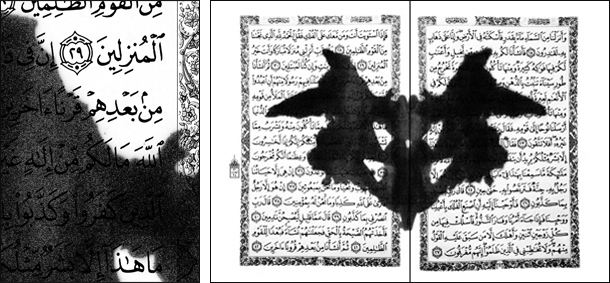
2013-2014, inkjet print on mirrored glass, 30 x 40 cm.
Exhibition view from Miroir, Miroir, Mudac, 2017, Lausanne.
Courtesy of the artist and Ceysson & Bénétière, Paris.
Ed. of 5 + 2 A.P.
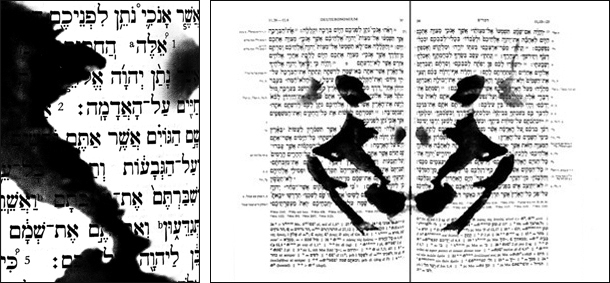
2013-2014, inkjet print on mirrored glass, 30 x 40 cm.
Exhibition view from Miroir, Miroir, Mudac, 2017, Lausanne.
Courtesy of the artist and Ceysson & Bénétière, Paris.
Ed. of 5 + 2 A.P.
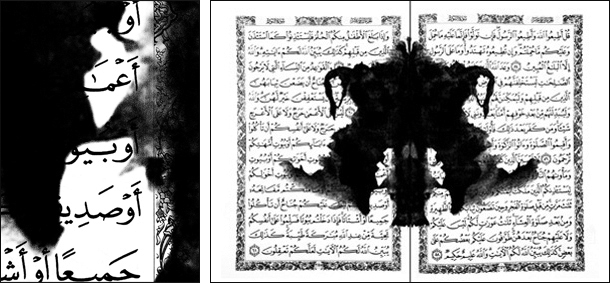
2013-2014, inkjet print on mirrored glass, 30 x 40 cm.
Exhibition view from Miroir, Miroir, Mudac, 2017, Lausanne.
Courtesy of the artist and Ceysson & Bénétière, Paris.
Ed. of 5 + 2 A.P.
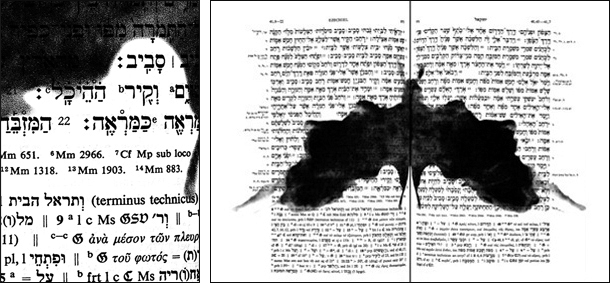
2013-2014, inkjet print on mirrored glass, 30 x 40 cm.
Exhibition view from Miroir, Miroir, Mudac, 2017, Lausanne.
Courtesy of the artist and Ceysson & Bénétière, Paris.
Ed. of 5 + 2 A.P.
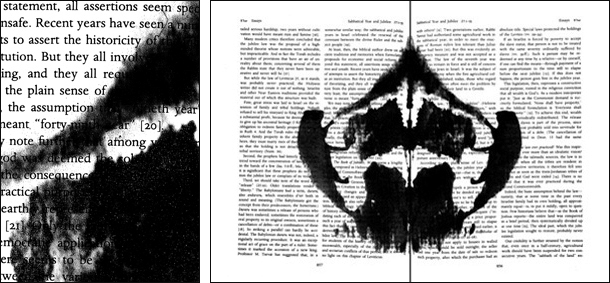
2013-2014, inkjet print on mirrored glass, 30 x 40 cm.
Exhibition view from Miroir, Miroir, Mudac, 2017, Lausanne.
Courtesy of the artist and Ceysson & Bénétière, Paris.
Ed. of 5 + 2 A.P.
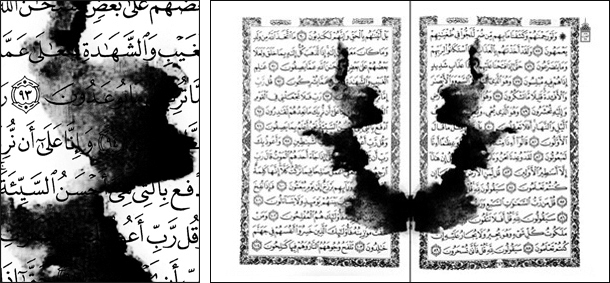
2013-2014, inkjet print on mirrored glass, 30 x 40 cm.
Exhibition view from Miroir, Miroir, Mudac, 2017, Lausanne.
Courtesy of the artist and Ceysson & Bénétière, Paris.
Ed. of 5 + 2 A.P.
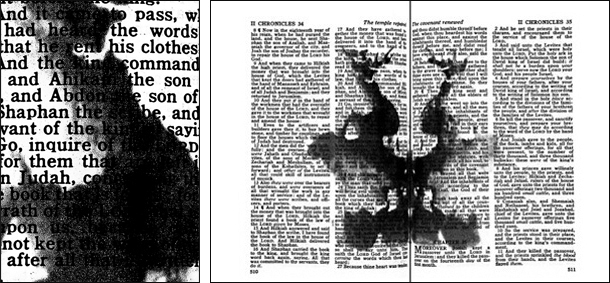
2013-2014, inkjet print on mirrored glass, 30 x 40 cm.
Exhibition view from Miroir, Miroir, Mudac, 2017, Lausanne.
Courtesy of the artist and Ceysson & Bénétière, Paris.
Ed. of 5 + 2 A.P.
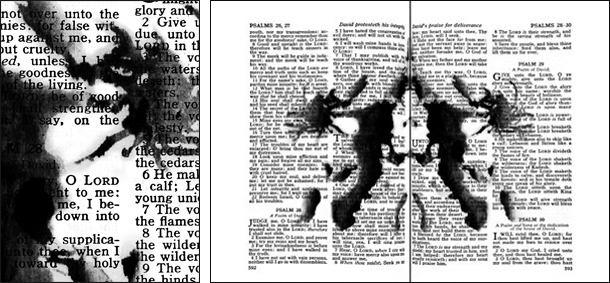
2013-2014, inkjet print on mirrored glass, 30 x 40 cm.
Exhibition view from Miroir, Miroir, Mudac, 2017, Lausanne.
Courtesy of the artist and Ceysson & Bénétière, Paris.
Ed. of 5 + 2 A.P.
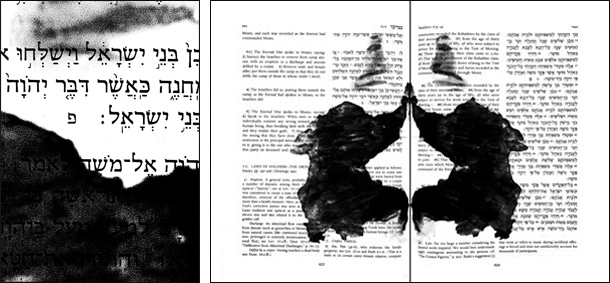
2013-2014, inkjet print on mirrored glass, 30 x 40 cm.
Exhibition view from Miroir, Miroir, Mudac, 2017, Lausanne.
Courtesy of the artist and Ceysson & Bénétière, Paris.
Ed. of 5 + 2 A.P.
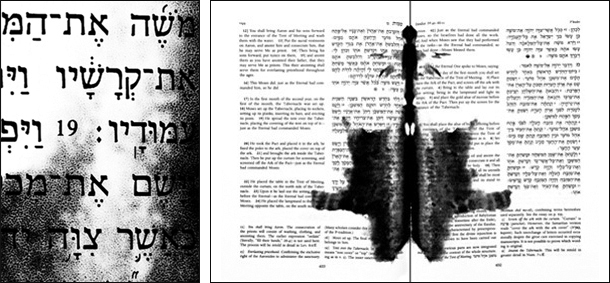
2013-2014, inkjet print on mirrored glass, 30 x 40 cm.
Exhibition view from Miroir, Miroir, Mudac, 2017, Lausanne.
Courtesy of the artist and Ceysson & Bénétière, Paris.
Ed. of 5 + 2 A.P.
'' What do we see in an image and what do we understand from texts? The artist informs us that there is no truth or that no truth is absolute: there is not just one religion, one interpretation or one representation of the transcendent image. ''
Olga Sureda, April 2016
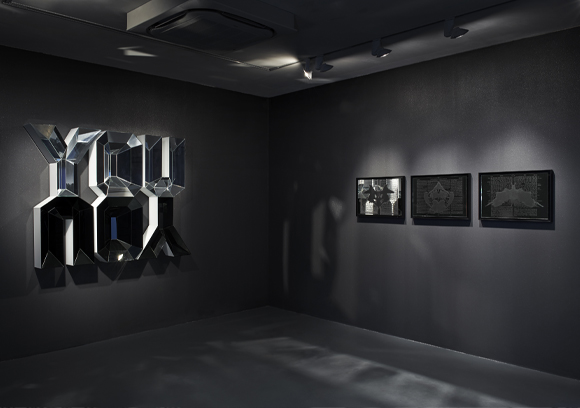
Divine Illusion
Exhibition view from Miroir, Miroir, Mudac, 2017, Lausanne.
Courtesy of the artist.
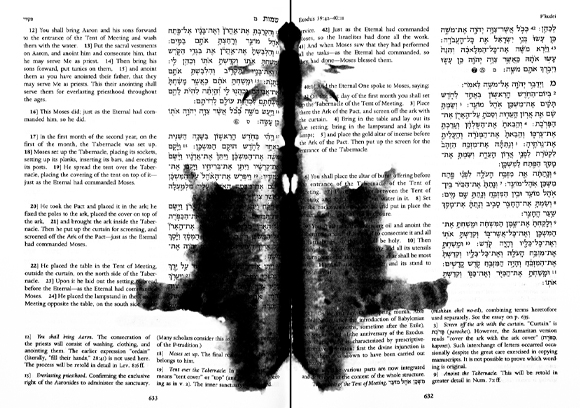
Divine Illusion
Exhibition view from Miroir, Miroir, Mudac, 2017, Lausanne.
Courtesy of the artist.
|
|
|
|
|
| Collection of Galila’s P.O.C, Brussels
Divine Illusion se compose d'une série d'images imprimées sur des miroirs qui créent un jeu visuel de superpositions de textes sacrés et de formes réfléchies qui s'ouvrent à différentes interprétations. Les multiples symbolismes que déploie le miroir dans toutes les cultures, depuis le lunaire et le féminin jusqu'à l'intelligence créatrice même, se concrétisent chez Mounir Fatmi en une charge symbolique qui explore les paradoxes de la représentation et les formes du sacré, une charge tantôt occulte et tantôt visible, tantôt réelle et tantôt irréelle.
Ainsi comme un miroir peut refléter autant la vérité que l'illusion, Mounir Fatmi aborde l'interprétation des textes des trois principales religions monothéistes et de certaines formes dérivées du test de Rorschach – la méthode psychologique qui a connu une popularité au début du XXe siècle et qui a recours à des taches inquiétantes et ambiguës, dont l'association à des réalités concrètes est sensée évaluer la personnalité de celui qui les interprète au travers de lectures diverses.
Que voyons-nous dans une image et que comprenons-nous des textes ? L'artiste nous avertit qu'il n'y a pas de vérité ou qu'aucune vérité n'est absolue : il n'y a pas une seule religion, une interprétation ou une seule représentation de l'image transcendante. Ni les textes ni les images du sacré ne sont des entités inquestionnables ; non seulement Mounir Fatmi subvertit le sacré, mais il nous préserve de la pensée unique que le pouvoir impose, et nous met en garde contre le danger de tout endoctrinement.
Olga Sureda, Avril 2016.
|
|
Divine Illusion consists of a series of images printed on mirrors that create a visual game of overlays of sacred texts and reflected forms that open up to different interpretations. The multiple symbolisms that the mirror unfurls in all cultures, from the lunar and the feminine to creative intelligence itself, are in Mounir Fatmi's works specified in a symbolic load exploring the paradoxes of representation and forms of the sacred, a load sometimes hidden and sometimes visible, sometimes real and sometimes unreal.
Just as a mirror can reflect both truths and dreams, Mounir Fatmi addresses the interpretation of texts from the three major monotheistic religions and of forms derived from Rorschach tests, the psychological method that gained popularity in the early twentieth century and resorts to disturbing and ambiguous inkblots, whose association to concrete realities supposedly examines the personality of subjects interpreting them through various readings.
What do we see in an image and what do we understand from texts? The artist informs us that there is no truth or that no truth is absolute: there is not just one religion, one interpretation or one representation of the transcendent image. Neither texts nor images of the sacred are unquestionable identities; Mounir Fatmi does not just subvert the sacred, as he uses Cynic thought to remind us that power prevails and he prevents us from the danger of any indoctrination.
Olga Sureda, April 2016.
|
|
|
|